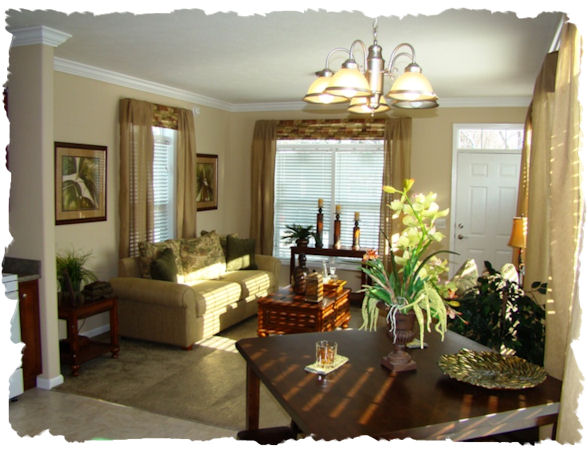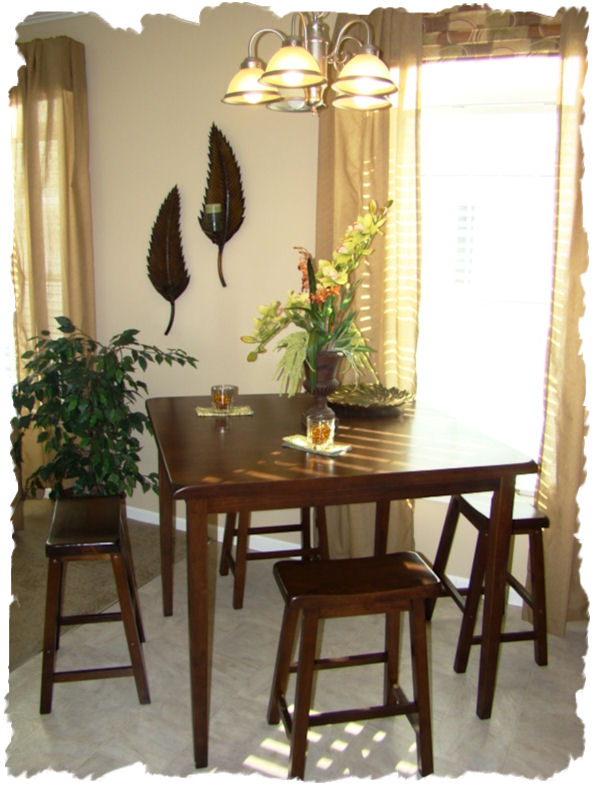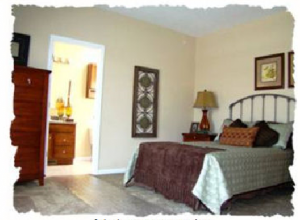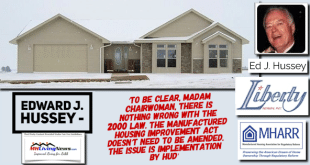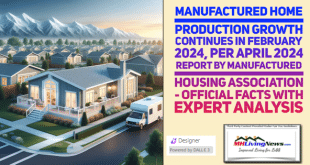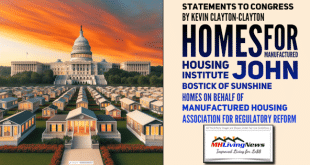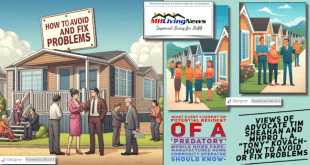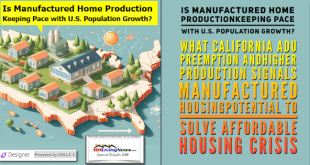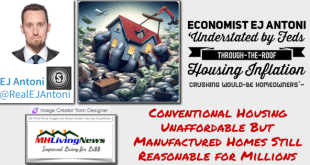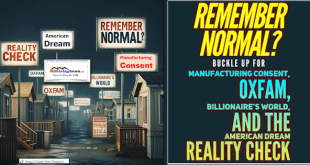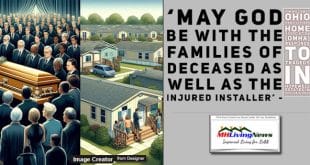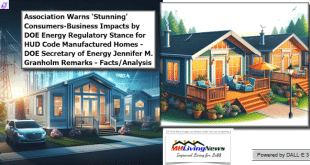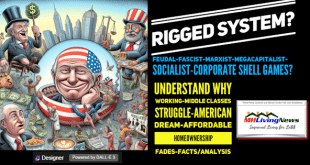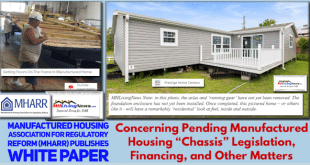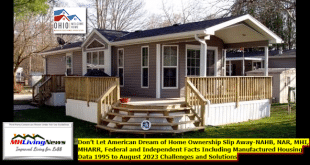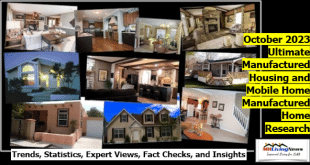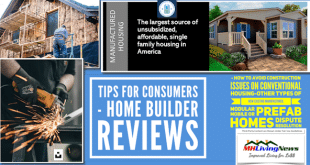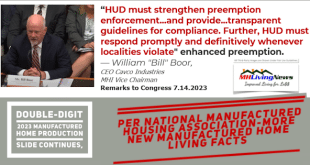America’s unique solution to the challenge of high quality affordable new housing is the single section manufactured home. These excellent homes should be, by conventional construction logic, premium priced! The nation’s best solution for affordable housing is also its least expensive. It takes a while for that fundamental truth to be recognized, because it defies housing tradition.
Suppose you are a person of discerning taste and modest budget. And suppose further that you would like to own an affordable new home. Those credentials would put you among the largest group of potential home buyers, most of whom have to give up their impossible dream. They settle for a fixer-upper or keep renting, because the numbers rarely work out.
A typical new home erected by a builder is big; about 2,500 square feet. Double the size built not so very long ago. So … buy a smaller house? More easily said than done.
Any builder knows the construction cost per square foot of small houses escalates—about 20 percent for one that’s half-size according to a popular estimating guide. And that little house takes nearly as much land and requires hurtling just as many regulatory hoops. Also, and here’s a biggie, the profit per house is cut in half. That’s why builders disdain small houses. Well, you can hire a custom builder, but the cost will scare you skinny.
Builders also know that the lowest cost shape for a house is a simple square box. That shape encloses the maximum living space with the minimum wall space. Zillions of them were built during the housing shortage after WWII and most still serve well today.
But few builders erect them any more. They’ve found it far more profitable to build bigger, more complex and elegant houses. Low down payments, government insurance, tax breaks and monthly payments that stretch forever have made it possible for home buyers to occupy houses they really can’t afford. That’s where the housing situation stands, and changing the way we build and buy our homes is hard.
Manufacturers have taken a fresh approach and found ways to compete in that same market, producing homes virtually indistinguishable from those built on site, but costing considerably less. The trick is to combine multiple factory-built sections and add a bit of site work.
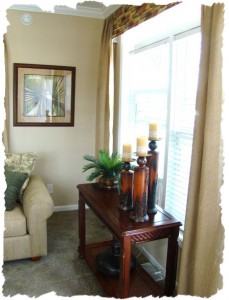
That’s good news, but those fine homes are still priced beyond the budget of far too many middle-class American families.
A family that can squeeze into a bit less space—say half the size of today’s average new house—can hit housing paydirt. And it’s not much of a squeeze.
The average new house today is twice as big as 50 years ago, with half as many kids! A typical single section manufactured home is about 1,000-1200 square feet in size—about the size of a postwar new house. That’s nearly half as big as average new homes and yet the manufactured home, excluding land in both cases, sells for a fourth the price! How is that possible?
It was not always so. In the early days of manufactured housing, “house trailers” cost twice as much per square foot as conventional homes and were so small as to be marginally livable. But they were very sturdy and those whose work required frequent relocation found them ideal. Shipping regulations used to forbid making them bigger, so manufacturers learned to pack a lot of living into limited space, as recreational vehicles do today.
Certain states had more lenient shipping, and demonstrated the safety of shipping larger manufactured homes. Over a period of decades the size of single section manufactured homes quadrupled from less than 400 square feet to as much as 1,200+. They’re even sturdier today, but rarely move once sited.
These homes are certified to meet the performance requirements of the national codes, not to mention their ability to bounce down the highway from their factory. Try that with a ranch-burger!
Wait a minute! A single section home is about as far from square as you can get, having a very high ratio of walls to floor space. That should increase the cost of building them, as should their relatively small size. And what about that expensive steel frame and all the other stuff that makes them so strong? The short answer is factory production and the long answer is way too lengthy for this article.
But think of it this way. Ford started building Model Ts a hundred years ago, but even those primitive cars were marvels of cost and production 
“So …” comes a voice from the back of the room, “… why are these marvelous homes still a small fraction of the housing market?”
Again, the long answer is complex, but the short answer is just one word.
Tradition.
We civilized persons have been hammering houses together board by board and brick by brick for thousands of years, and we’ve got this picture wired into our brains of what a house should look like. Automobile factories would do a poor job of making covered wagons or teepees. Housing manufacturers have difficulty with bricks and mortar.
In the early days, housing manufacturers sought efficiency by ignoring the problem of “what a house is supposed to look like.” The result was the shiny “mobile homes” of yore. Greatly increased manufacturing efficiency has enabled the industry to imitate the traditional look of a house, but at a penalty in production efficiency. As more and more people—and regulators—come to view manufactured housing as a whole new approach to the challenge of providing homes, there are endless opportunities for further gains in improving the product while lowering its cost.
It was George Bernard Shaw who said,
“Progress is impossible without change, and those who cannot change their minds cannot change anything.”
Manufacturers are bucking “unchangeable” housing traditions. As the new kids on the block, they must, themselves, make endless changes and compromises on their way to market success. It’s a lot harder than introducing a new smartphone in Silicon Valley!
Hundreds of innovative housing systems have been introduced to tap the obvious advantages of factory housing production. Nearly all failed. About the same size or larger than many apartments, the manufactured home of today is by far the best example of success. ##

 manufacturedhomelivingnews.com Manufactured Home Living News
manufacturedhomelivingnews.com Manufactured Home Living News
